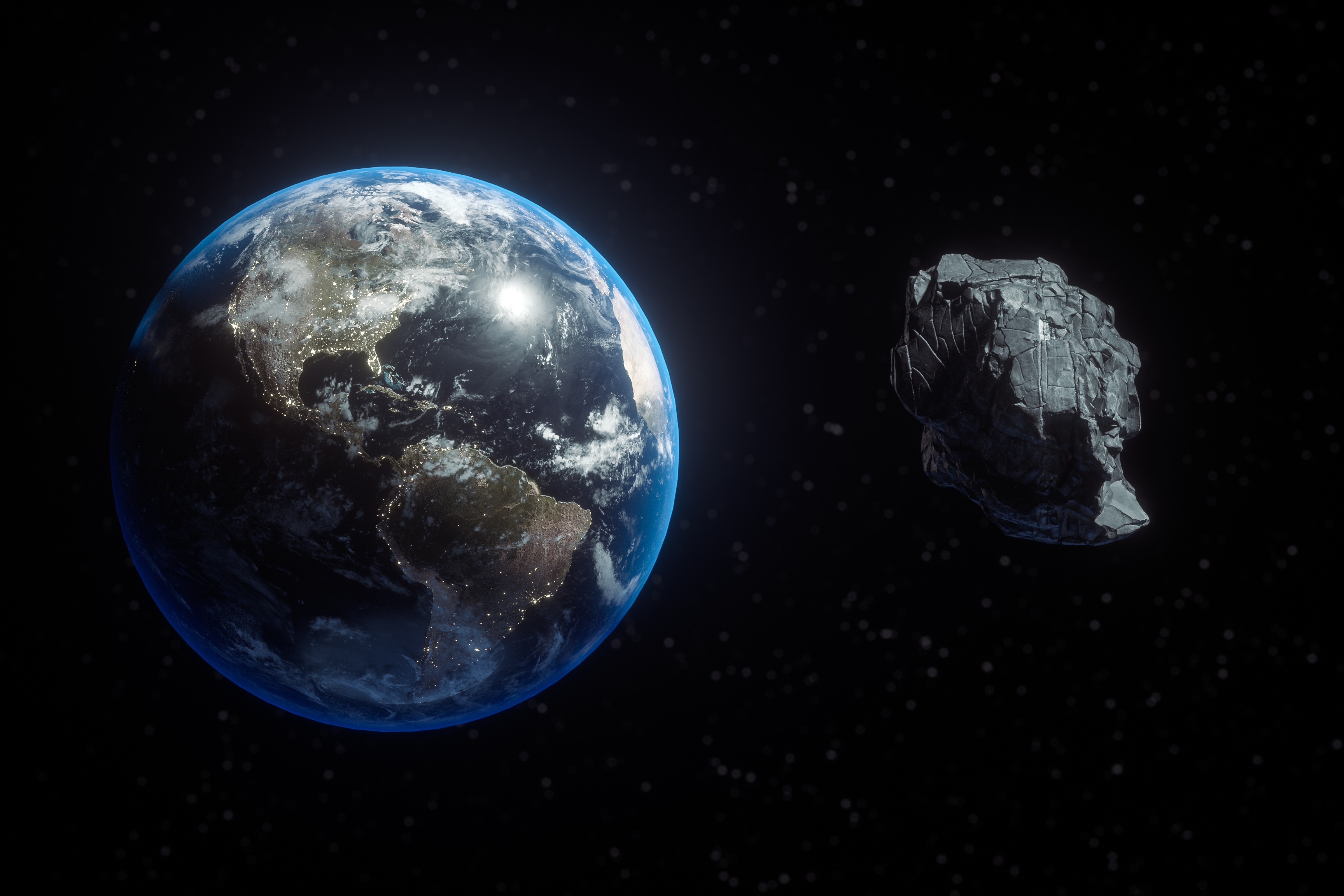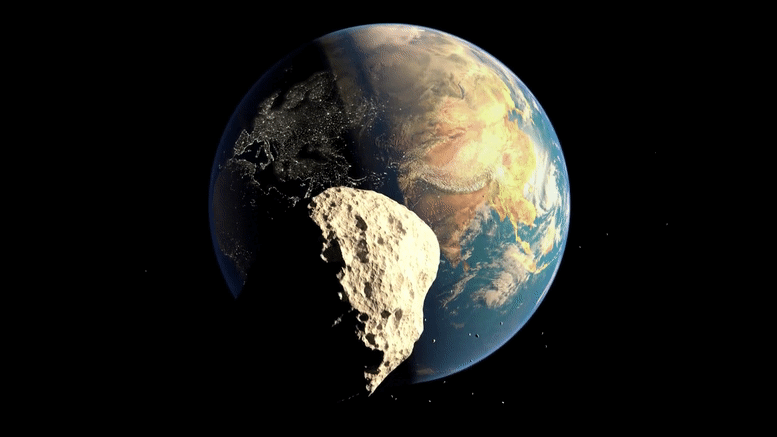According to reports, NASA has not yet offered a response. According to reports, another asteroid is traveling toward Earth and could disrupt its orbit.
Asteroid to Crash Earth’s Orbit?
NASA is reportedly tracking a kilometer-wide asteroid that is only days away from crashing our planet, Daily Star reported. The space rock, classified as a near-Earth object, will potentially clash with Earth’s orbit next week.
The asteroid named 199145 (2005 YY128) is so massive that it measures between 1,870 and 4,265 feet wide. It will approach the Earth at the closest distance of 2.8 million miles.

NASA is reportedly not confident if it will actually crash into the Earth’s orbit and if it will cause damage in case it does.
It’s possible that the massive asteroid will not come too close to make an impact because NASA has not issued any warning days before its expected approach. There are countless asteroids making a close approach to Earth every year.
Just last week, five asteroids made a close approach to our planet. On Feb. 2, 2023 BP5, 2023 BH6, 2023 BY4, 2017 DU34, and 2023 BB8. The largest one is about the size of an airplane. 2023 BY4 was 40 meters wide and made its closest flyby at 3.06 million miles. 2023 BB8 is also an airplane-sized asteroid but smaller than 2023 BY4 because it was only 85 feet wide. It made its closest contact with our planet at 3.72 million miles.
Apparently, the space rock heading its way is so big and it will be closer to Earth than the asteroids that visited the planet last week.
NASA has reportedly not commented about it yet.
What Will NASA Do If A Scary Asteroid Hits Earth?
NASA’s Planetary Defense Officer, Lindley Johnson, spoke with Mashable on what the agency will do in case a big space rock is heading towards Earth and if there’s a severe threat in the flyby.
According to Johnson, NASA will issue warnings. There are two types of warnings – they will notify about a very close encounter and a potential impact.
A close encounter means the asteroid will not strike Earth, but the agency thinks the public needs to be aware of it. It could be a small 30-foot space rock or a big asteroid like the 1,100-foot-wide Apophis.
Some might see the close encounter and share it on social media or publish news about it. NASA will take its time to verify the results.

Things get more serious if NASA detects a potential impact from asteroids larger than 30 feet. Johnson’s office will issue a warning notification to NASA to provide to the White House, Congress and other government agencies.
The agency will also give the White House the lead to release new information about the space rock. He added that it would become a national emergency event and FEMA (Foreign Exchange Management Act) would have to prepare for a disaster if there is a likely impact on U.S. soil.
According to him, many factors are at play, including the size and composition of the space rock. There are possibilities that it will detonate in the Earth’s atmosphere or closer to the ground. NASA can advise leadership as to what might be faced if the asteroid strikes the planet.
https://youtu.be/_iSDeZUp1bc
Source: amazingastronomy.thespaceacademy.org








